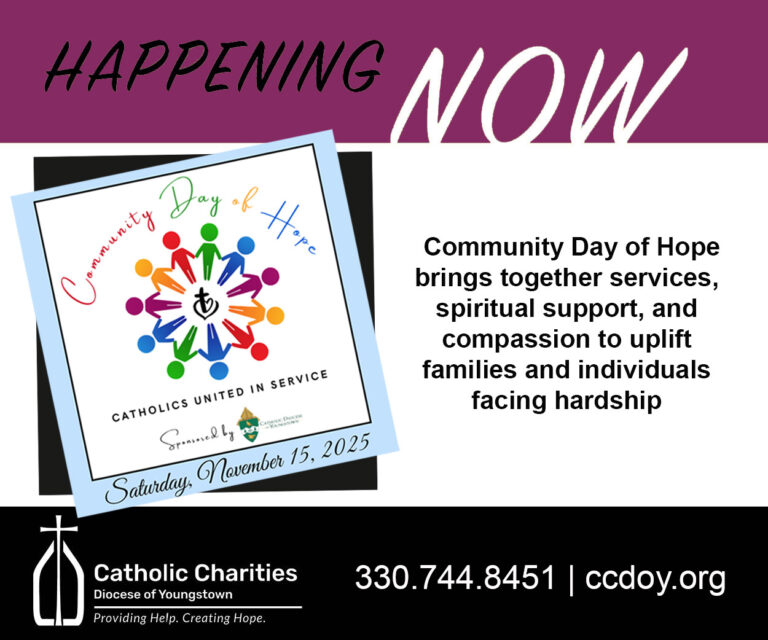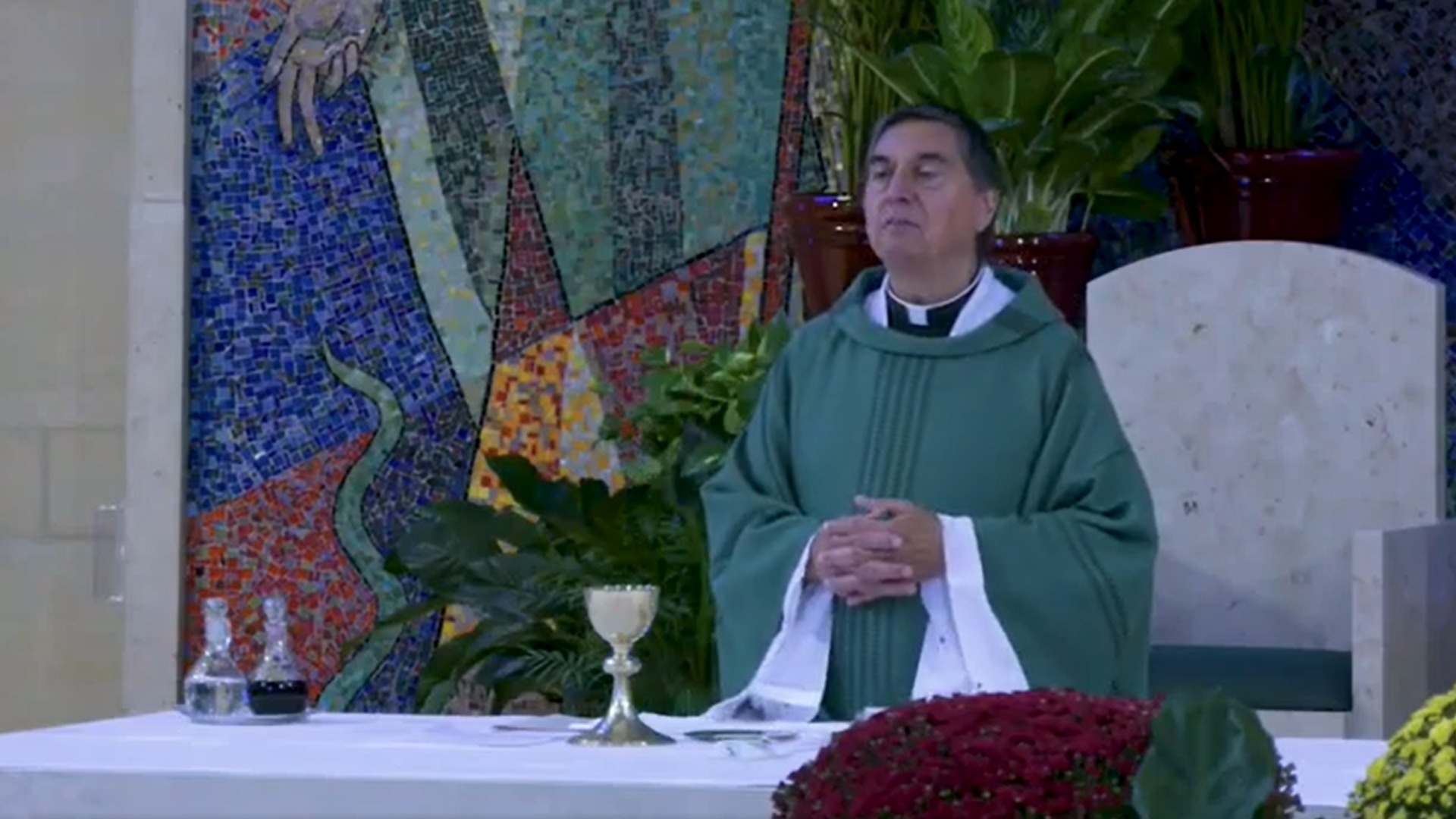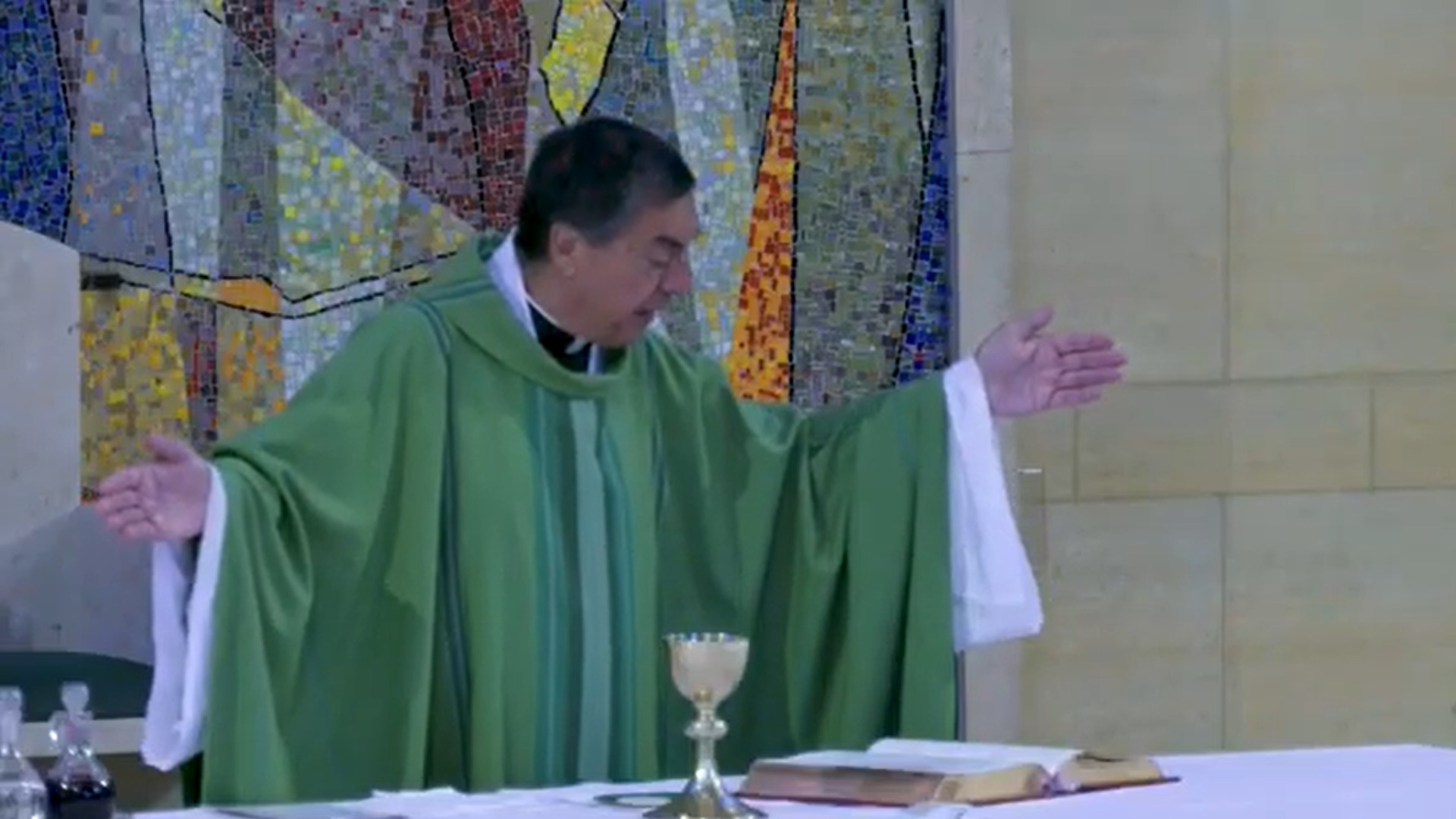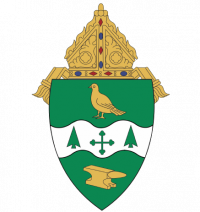
The earliest mention of Christmas being celebrated on December 25 comes from Saint Hippolytus in 204 AD from his work Commentary on Daniel. Although some speculate today that the Church chose December 25 to coincide with the Roman celebration of the birth of the sun god, a celebration called Natalis Invicti, Saint Hippolytus’ Commentary on Daniel predates the arrival of the cult which celebrated Natalis Invicti in Rome by about 50 years.
There is also substantial theological reasoning to support the date of December 25 as the birth of Christ. The first piece of evidence has to do with the Feast of the Epiphany, which falls on January 6. Before it became common for the Church to celebrate the birth of Christ, the Feast of the Epiphany was one of the most important celebrations for the early Church, as this feast marks the arrival of the Three Wise Men who heralded Christ as king. The Feast of the Epiphany comes at the end of the 12 days of Christmas, which would then place the birth of Christ on December 25.
The next bit of evidence comes from the Feast of the Annunciation. The Annunciation—the day Archangel Gabriel announced to Mary that she was pregnant with the Savior—falls on March 25, which is exactly nine months prior to Christmas. The date of March 25 is also often recognized as the historical date of Christ’s death. This is significant because, according to ancient Jewish mythologies—as well as very often in Christian traditions—great prophets died on the same day as their births or conceptions. This forms a strong symbolic connection: Jesus was conceived on March 25, was born on December 25 and died on March 25 exactly 33 years later.
None of these dates can be proven absolutely, and it’s important to remember that the spiritual reality is far more significant than calendrical reality. But contrary to popular belief, there is concrete evidence that the celebration of the birth of Jesus Christ on December 25 comes from the Christian tradition itself.
